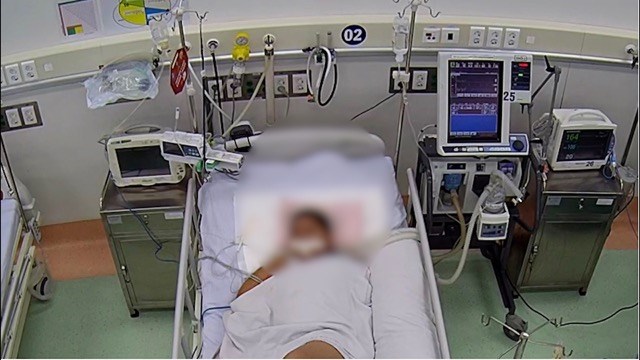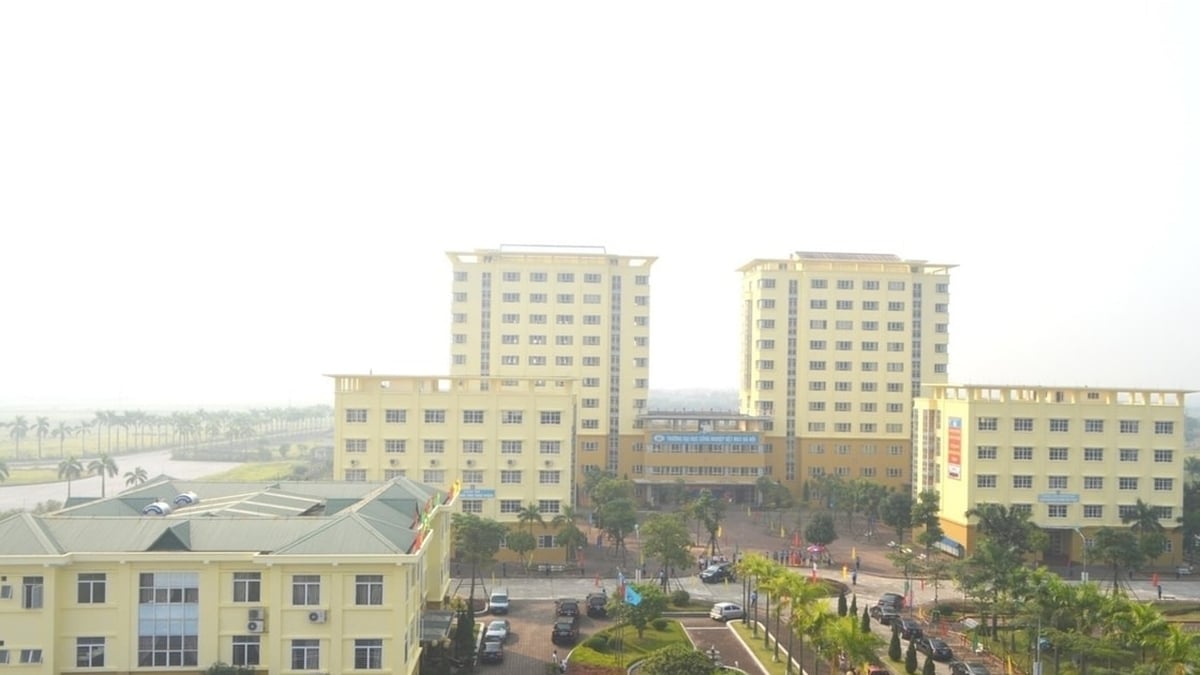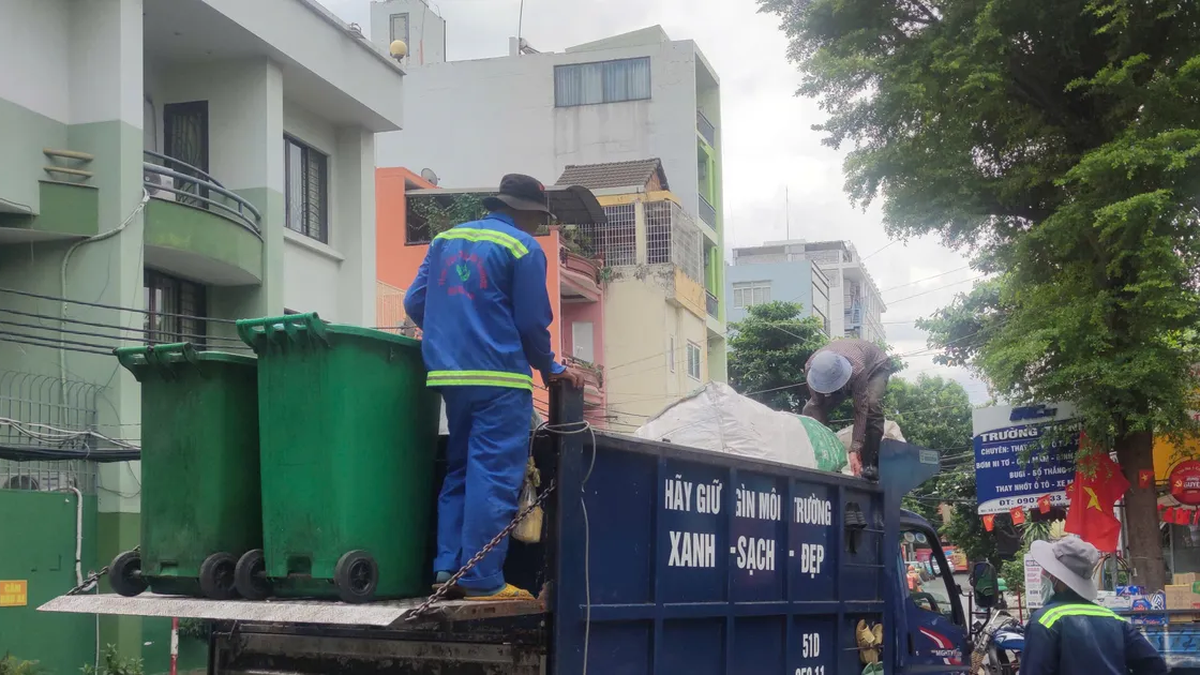
Patient NTN (11 years old, Dong Thap province) was admitted to the emergency room at Sa Dec Hospital, Dong Thap province. On the first day, the patient had a skin boil on the knee area with a high fever. Two days later, the patient continued to have a high fever, the skin boil ruptured and began to have difficulty breathing, so he was diagnosed with severe pneumonia, cellulitis, and sepsis and was treated with antibiotics and respiratory support. However, the condition did not improve, so the patient was transferred to Children's Hospital 1, Ho Chi Minh City.
The patient was admitted to the Emergency Department in a state of lethargy, cyanosis, severe respiratory failure and cardiovascular collapse. Immediately, the patient was intubated, put on a ventilator, given intravenous fluids to prevent shock, and given antibiotics, but the condition did not improve, so the patient was transferred to the Intensive Care Unit.
At the Intensive Care Unit, the patient was diagnosed with necrotizing pneumonia, cellulitis, and septic shock suspected to be caused by staphylococcus. The patient was put on a ventilator, actively treated for shock, and given vasopressors and strong antibiotics, but the progress was not favorable, so he was consulted for continuous blood filtration to remove toxins, cytokines, and stabilize organ function.
Associate Professor, Dr. Pham Van Quang - Head of the Department of Intensive Care and Anti-Poison, Children's Hospital 1 said that after 72 hours of intensive care, the patient had overcome the critical stage of septic shock. However, at this time, the patient was facing severe pneumonia, necrosis of both lungs with blood and pleural effusion causing severe respiratory failure.
The doctors held a hospital consultation to decide on surgery to drain blood and pus from the pleura, remove necrotic tissue in the lungs, and perform surgery to drain pus in the knee area. After nearly 2 months of intensive treatment, the medical team at Children's Hospital 1 miraculously saved the child's life. The patient was discharged in good health, bringing joy to his family and the doctors and nurses of the Intensive Care and Anti-Poison Department.
“Staphylococcal sepsis often enters through the skin with initial symptoms of skin boils, skin infections, soft tissue skin wounds, cellulitis, arthritis, etc. When staphylococcal bacteria enter the blood, they will cause high fever, bacteremia and damage to many organs such as creating abscesses in muscles, soft tissue, osteomyelitis, pleural effusion, pericarditis, joint membranes, causing necrotizing pneumonia or septic shock with many complications, high risk of death. Therefore, when a patient shows signs of skin infection (skin boils, cellulitis, soft tissue skin wounds, etc.), especially when accompanied by symptoms of high fever, red skin or difficulty breathing, the patient needs to quickly go to a medical facility for timely diagnosis and treatment," Dr. Quang added.
Source: https://laodong.vn/suc-khoe/gianh-lai-su-song-cho-benh-nhi-bi-hoai-tu-phoi-nang-1356818.ldo






































































































Comment (0)